James McGavock
Sarah D Rogers McGavock
Randal McGavock
Home in Wing, Arkansas
Buford Compton
Oscar Hugh
Robert Thomas Compton family
Lucinda (Ewing)
Lucinda (Ewing) McGavock
Mary Nell Compton
Oscar Hugh McGavock, Jr.
Frances Helen
-
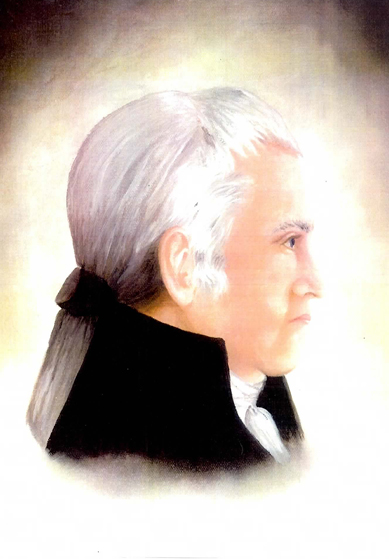
James McGavock
-
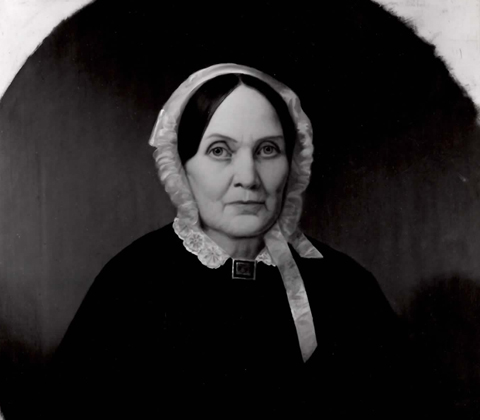
Sarah D Rogers McGavock
-
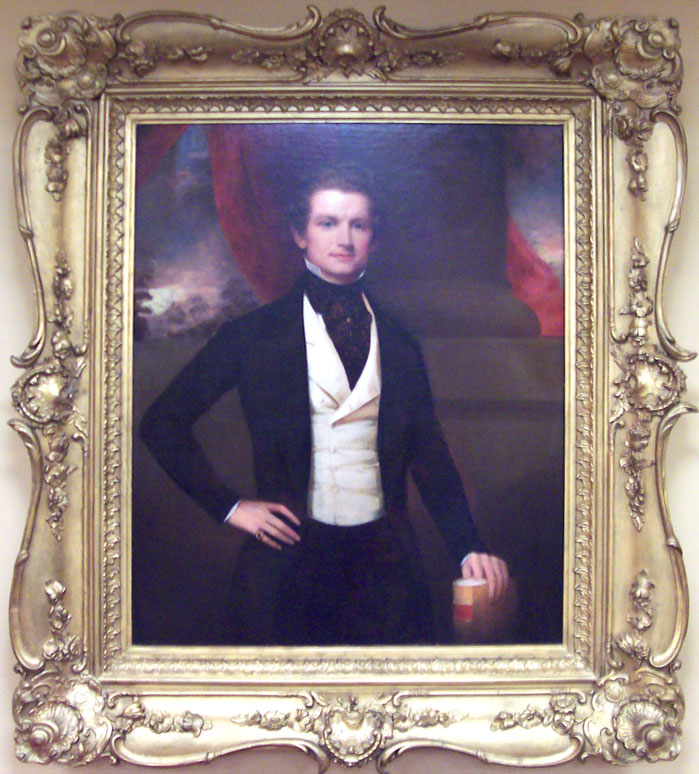
Randal McGavock
-
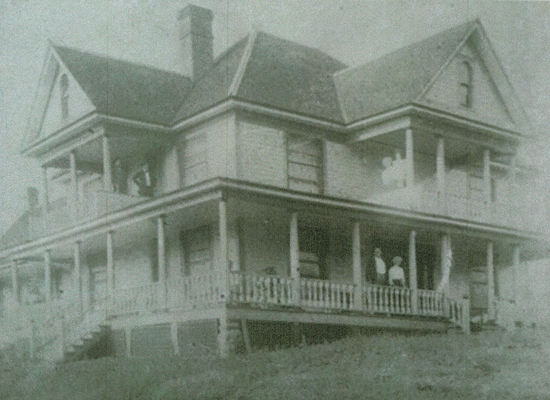
Home in Wing, Arkansas
Robert & Helen Compton home in Wing, Arkansas -
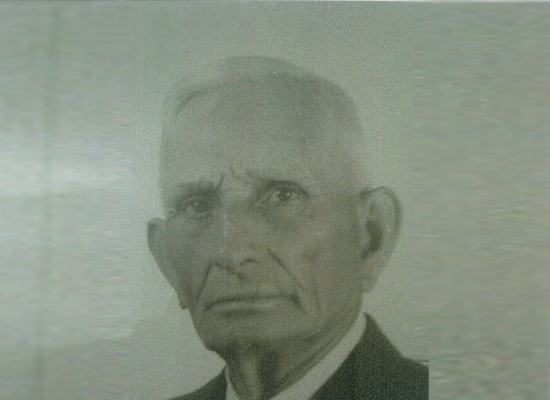
Buford Compton
Buford Compton -1889-1979 Yell Co., AR -
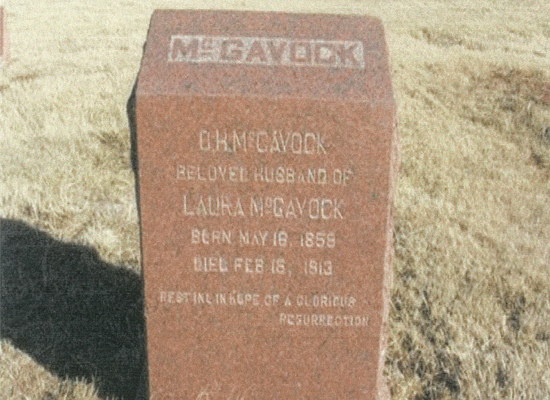
Oscar Hugh
Oscar Hugh McGavock, Jr. -
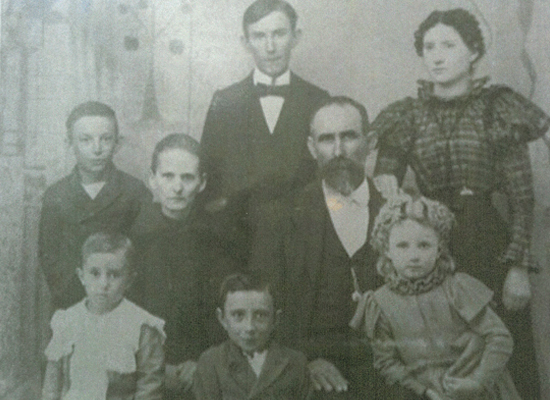
Robert Thomas Compton family
-

Lucinda (Ewing)
Lucinda (Ewing) McGavock 9-10-1792 to 4-21-1848 -
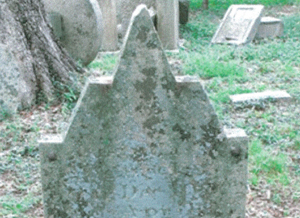
Lucinda (Ewing) McGavock
Lucinda (Ewing) McGavock McGavock-Smith Cemetery, Franklin, TN -
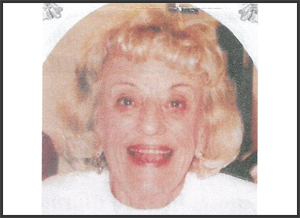
Mary Nell Compton
Mary Nell Compton (1922-2010 Yell Co., AR) -
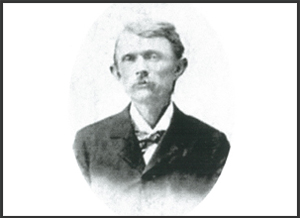
Oscar Hugh McGavock, Jr.
Oscar Hugh McGavock, Jr. -
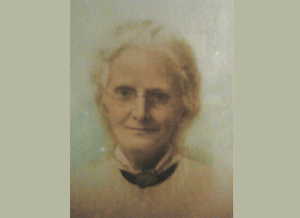
Frances Helen
Frances Helen (Buford) Compton (1855-1924) (Helen & Virginia F. Crawford, 151 cousins)
Oscar Hugh McGavock, Jr.
Gospel preacher listed in Ligon’s Portraiture of Preachers in 1889. Oscar Hugh McGavock was another of those great and useful gospel preachers who has long since gone to a better land, but who served well while he was here. He was born of Oscar H. and Nancy Bryan McGavock near Chestnut Bluff, Tennessee on May 16, 1859. When he was three years old his father died and his mother remarried. This did not work out well for the young boy, and when he was eleven years old, he began living in the home of a married sister, and later in the home of a married brother. Soon he was “out on his own,” which happened to many boys in that time. He did such work as he could get in a rural environment, and managed to get some schooling as he went along. When he was about eighteen he began working for D.M. Brown, a Christian man in Lake County, Tennessee. His mother was a Methodist and he had been brought up in that belief. But Brother Brown began to do “personal work” with him and soon had him studying the Bible, at first mainly to protect his mother’s Methodist faith, but it had the desired effect in Brother Me’s life, and when he was about twenty one he obeyed the Lord’s teaching. About this time he had gotten over into the beautiful Ozark country of Izard County, Arkansas and the brethren in Melbourne and Newburg encouraged him to get back in school and helped with the cost. He attended the public schools of Melbourne and Lacross. Here he came in contact with Brother George W. Cone, who diligently taught him the Bible for about two years. While here in school, he began to preach, and when his schooling was finished he went to see his mother at Chestnut Bluff, Tenn. While there he held a gospel meeting, his first, and baptized a large number of people, including his mother. Nearly all the people at that time were interested in religious matters, and most of them had some acquaintance with the Bible. There was much religious prejudice, but many of the people were honestly seeking the way of life.
Soon after this he conducted a meeting at New Port, Arkansas in the face of much opposition from the sects. One night while preaching he noticed a young lady who seemed to be interested in what he was saying, but was constantly disturbed by her male companion. After the service he made inquiry and learned her name was Miss Laura Massey, and her companion was her uncle. He managed to get an introduction to her and was much impressed by her, and her desire to know more about the Bible. But he soon came up against religious prejudice on the part of her family, which would not allow him to visit her. However, he did manage to write to her, and as often as they could they arranged to meet in different places. In about two years she had reached the age of eighteen and they began to make plans to be married. On the appointed day, he rode his horse to claim his bride. Her father was a machinist, he went by his shop to ask for her hand, which he did in a proper manner. Her father replied: “She is of age, and can do as she pleases.” Her mother was not so lenient, and told him to “never come to their house again.” Miss Laura mounted the horse behind him and they rode to the justice of the peace, where they were married. The parents soon relented, and in the two years he lived and worked in that cmnmunity, he baptized both of them into Christ.
Though we do not have the exact date, the McGavock family moved to Texas with the Joe S. and Henry E. Warlick families. The McGavocks went to live on a farm owned by his uncle, Wash Brian, on which a part of the city of Abilene was later built. He farmed and preached here for about a year and when his wife’s parents moved to Robinsonville, Texas and went into the grocery business, he joined them, working in the store and preaching. By now the McGavocks had two small daughters. About a year later, William Humphrey walked into the store to talk “rith Brother McGavock, inviting him to move to Humphrey’s community. Humphrey had a large ranch on Valley Creek, about forty miles from Abilene, and offered to give Brother McGavock fifty acres of good land if he would move there and help build up the community. Mr. Humphrey was not a Christian, and there were no schools, but Humphrey had a teacher for his own children living in his home. The McGavocks gladly accepted this generous offer, and the Spring of 1889 found them with their (now) thTee daughters settled on their own place ten miles from Hilton, the nearest post office. Neighbors were few and far between, it was a long trip to town, hardships were constantly present, but all in all they had a good life. He did much preaching, and prospered on the furm. His preaching laid the groundwork for many of the good churches that have been in that section all the years since. Soon Post Oak school was built two miles from their place, and in this school house, a church of the Lord began to meet The teacher, Mr. Cornelius, was a Methodist, and stayed in the McGavock home. They talked much about the Bible, and Brother McGavock kept trying to get him to diagram Mark 16:16, which he was very reluctant to do. One night, when all were asleep, Mr. Cornelius awakened the whole family, almost shouting that he had diagramed the sentence. The next day Brother McGavock immersed him in Valley Creek.
Brother McGavock kept busy preaching, riding a horse, and later going in a “gig” (a two-wheeled vehicle pulled by one horse). Sometimes he would have to camp out on the prairie for the night, and once lost his horse doing so. He met a man who helped him find the horse, and of course they met at church. In addition to the three girls, Azilee, Alvys, and Harmon, Elnora, Oscar, and Austin H. were born to them, making a total of six children. The three still living are (Dec., 1977): Mrs. Alvys Huan, Mrs. Harmon Adams, and Mrs. Elnora Thompson. All six of his children attended Christian schools, along with nine grandchildren and fourteen great-grandchildren. Joe Adams, Jr., and Stan Small are great-grandsons who are now gospel preachers. Ken Adams, also a great-grandson, teaches music in Oklahoma Christian College.
Hardship was the lot of pioneer people, especially gospel preachers who had to be away from home so much. But the McGavocks prospered and in a few years sold the fifty acre farm and bought a larger one closer to Hilton. He continued to preach, and as trains became available, traveled that way, though it was a long trip to the station in Abilene or Ballinger. Many churches were established as many people were brought to the Lord. A Brother J. P. Noll came into their community and held a great meeting in which many people obeyed the gospel, including the entire Humphrey family.
In 1894 C. W. and S. W. Smith had established a small school in Lockney, and though it was called a “college”, for the first few years no college work was taught, but the students were taught the Bible, and later college work was offered. In 1898 Brother McGavock took his family in a covered wagon to Lockney so his children could be in that school. G.H.P. Showalter was President and W.L. Swinney was Vice-President. They had about two hundred students at that time. Lockney was a very small town some eighty or ninety miles southeast of Amarillo, the nearest railroad. Brother McGavock bought a house near the school and added enough room so he could keep eight young men from the school. He and Brother Charley Smith went into the business of hauling freight from Amarillo, and he was preaching all he could. By 1900 he had begun to have some health problems, and thinking it might be connected with the work he was in, he sold his house to Brother Showalter, who was soon to be married, and the McGavocks were soon in a covered wagon headed for Oklahoma. He had read in a Dallas paper that the railroad had reached Granite in Greer County, and he went there, finding a tent town. He hauled lumber from Quannah, Texas, built a building in which he operated a dry goods store in the front part and lived in the back part. The town grew rapidly, and his preaching and store kept him busy. A congregation had been started in Granite and was doing well, and the W. D. Hockaday family, who was to wield -such a tremendous influence for good in that area, moved there about that time. The three Dunn brothers, John E., Jasper, and Gus held a great meeting in which many obeyed the gospel. The church was further
strengthened by the preaching of such men as J.D. Tant, G. Dallas Smith, and J.H. Lawson. Brother McGavock continued to have health problems, and he traded the store for a farm in the Sand Hill community north of Granite, where he established a church. (Later known as Lake Creek, and some years ago merged with the Granite church.) He preached over a wide section of Western Oklahoma, including such places as Elk City, Sayre, Hammon, Texola, Brinkman, Taylor, Cedar Top, Rosebud, Sweetwater, and Loti, Texas. Since that time faithful churches have served the Lord until now in most of these places. His health problems continued, and though he often underwent tests, they could not find the cause of his trouble. He continued preaching at home and abroad, and once in his home community during a meeting, he baptized a husband and wife, their two married sons and their wives and three teenagers. He took them all into Lake Creek and beginning with the oldest, immersed them in order of age.
After moving to Oklahoma, Brother McGavock sent some of his children back to Texas so they could be in Christian schools, but he was unhappy with this, wanting a school closer home. J.D. Tant came to Granite for a meeting, and while there he and Brother McGavock had dinner in the Hockaday home, and the three men talked about building such a school in Western Oklahoma. From this conversation came the school in Cordell. Brethren Hockaday, McGavock, A.E. Freeman, J.C. Harrell, E.F. Grogan, and Henry E. Warlick, who had moved to Greer County, composed the first board. Two of the McGavock daughters enrolled at Cordell the first day, and possibly Elnora (Thompson) was the very first student to enroll there. Brother McGavock moved to Cordell, where he preached and raised funds for the new school. Later he moved to Abilene and did similar work for the new school there, but soon he was back in Cordell. His health continued to fail, and gave more and more trouble in his work. In 1913 he went to Texas for a meeting, became ill and had to return home. This time the doctors learned he had a malignant tumor that had been bothering all these thirteen years. It was too late to do anything about it, and though faithful brethren did all they could, including the physicians, just as the sun was setting on February 15, 1913, his soul took it’s flight to a better land, after a short sojourn here of only fifty-four years. Brethren J.N. Armstrong and Henry E. Warlick spoke at the service, and he was laid to rest in the Sod Cemetery, two miles northwest of Cordell. “Resting in hope of a glorious resurrection” is inscribed on the stone that marks his grave. On July 10, 1936, twenty-three years later, his beloved Laura gladly answered her Master’s call, and she sleeps by his side at Cordell.
In 1911, two years before his death, he reported that he had baptized more than three thousand souls into Christ. That is no small accomplishment! Like Abel, he being dead, yet speaketh through the multitudes he taught of the Lord and through the good family he left behind.
Personal note: For many years I knew that Brother McGavock had lived, but he died when I was but a child. I have known many of his children and grandchildren, and it is a special personal privilege to become acquainted with him through the material furnished by Sister Thompson and her sisters for this article. We must not forget the lives and work of such people! I hope each reader will enjoy learning of this good man as much as I have.
Gospel Preacher Of Yesteryear, Loyd L. Smith, page 224-228, This Article Appeared Originally In The Christian Worker, December, 1977

 Back To Top
Back To Top